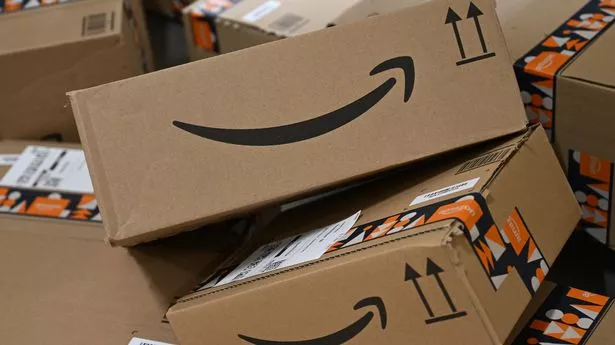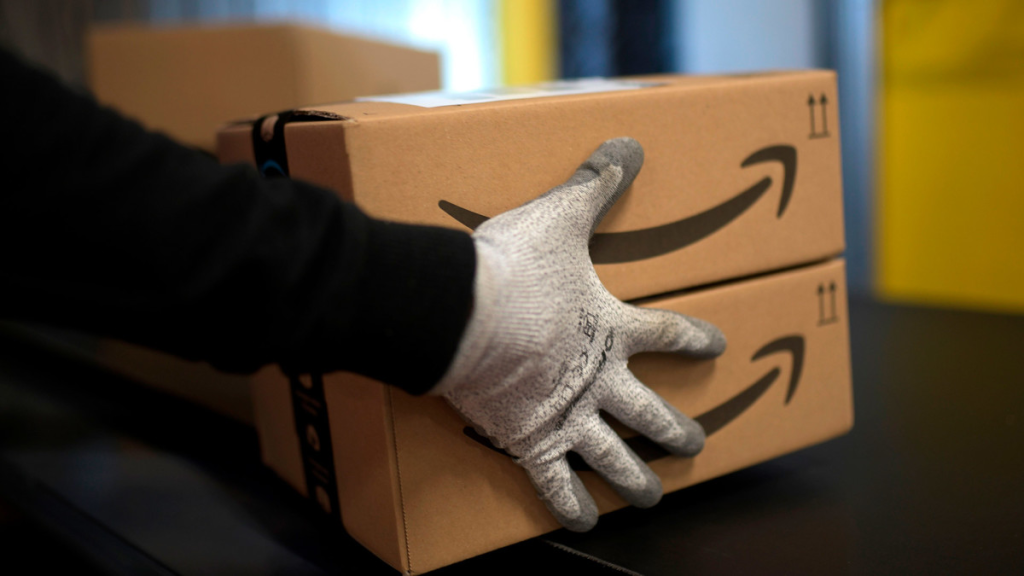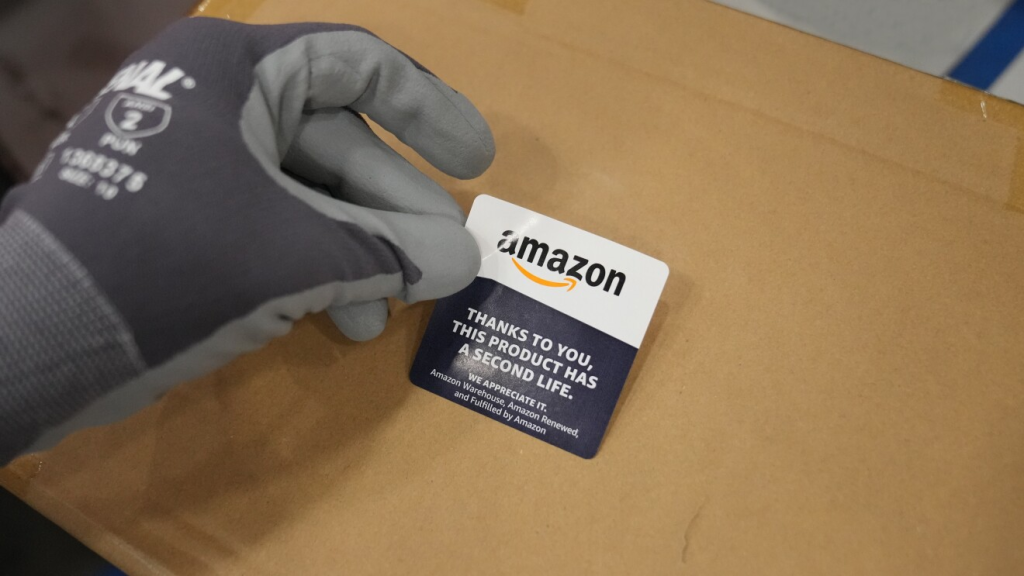In the vast world of online shopping, Amazon has long been a dominant force. A significant part of its success can be attributed to its robust customer service, especially when it comes to returns and exchanges. Let’s explore how Amazon’s system in this regard works, why it matters, and how it can be further optimized.

I. The Significance of Returns and Exchanges in E – commerce
A. Building Customer Trust
- Peace of Mind for Shoppers
- When customers know that a company has a hassle – free returns and exchanges policy, they feel more confident about making a purchase. For example, if someone is considering buying a new piece of electronics from Amazon, the knowledge that they can return it if it doesn’t meet their expectations gives them peace of mind. This trust is crucial for converting potential buyers into actual customers.
- Long – term Customer Relationships
- A positive experience with returns and exchanges can lead to long – term customer loyalty. If a customer has an easy time returning a product that didn’t work out, they’re more likely to come back to Amazon for future purchases. This repeat business is essential for the growth and sustainability of any e – commerce platform.
B. Competitive Edge
- Standing Out in the Market
- In a crowded e – commerce marketplace, a well – designed returns and exchanges policy can set a company apart. Amazon’s relatively straightforward process allows it to compete effectively against other online retailers. Shoppers are often drawn to platforms where they know they won’t face difficulties if they need to return or exchange a product.
- Meeting Customer Expectations
- Today’s customers expect seamless returns and exchanges. By providing a service that meets these expectations, Amazon can maintain its position as a leading e – commerce giant. Failure to do so could result in customers turning to competitors who offer better post – purchase support.
II. Amazon’s Returns and Exchanges Process
A. Initiating a Return or Exchange
- Accessing the Return Center
- Customers can easily access Amazon’s Return Center through their account. They log in, navigate to the “Your Orders” section, and select the item they wish to return or exchange. This centralized location makes it convenient for customers to manage their post – purchase needs.
- To find it, on the Amazon website, click on the “Accounts & Lists” dropdown menu at the top right corner. Then, select “Your Orders”. In the “Your Orders” page, each order has a “Return or Replace Items” button. Clicking this button takes customers directly to the Return Center. On the Amazon mobile app, tap on the menu icon (usually three horizontal lines), select “Your Orders”, and then tap on the specific order. From there, the option to start a return or exchange is clearly visible.
- Selecting a Reason
- Amazon provides a list of reasons for the return or exchange, such as “Item doesn’t fit,” “Defective product,” or “Changed my mind.” This categorization helps Amazon understand the root cause of the return and improve its products and services accordingly.

B. Shipping and Refund/Replacement
- Shipping Options
- For eligible items, Amazon often provides a prepaid shipping label. Customers can print the label, attach it to the package, and drop it off at a designated carrier. In some cases, Amazon may even arrange for a carrier to pick up the package from the customer’s location.
- Refund and Replacement Timelines
- Once Amazon receives the returned item, the refund process is usually initiated promptly. For exchanges, the new item is often shipped out as soon as the return is processed. The transparency in these timelines helps manage customer expectations.
III. Optimizing the Returns and Exchanges Experience
A. Improving Communication
- Proactive Updates
- Amazon can improve by providing more proactive communication during the returns and exchanges process. For example, sending updates on when the return has been received, when the refund has been processed, or when the replacement item has been shipped. This would keep customers informed and reduce anxiety.
- Clear Instructions
- Ensure that the instructions for returns and exchanges are crystal – clear. Some customers may be new to the process, and simple, step – by – step guides can make it easier for them to complete the return or exchange without confusion.
B. Reducing Friction Points
- Simplifying the Reason Selection
- While the current list of reasons is helpful, Amazon could consider simplifying it further. Some customers may find it difficult to fit their reason into the existing categories. A more flexible or simplified option could improve the overall experience.
- Streamlining the Shipping Process
- Continuously look for ways to streamline the shipping process. This could involve partnering with more carriers in certain areas to provide more convenient drop – off locations or improving the pick – up scheduling system.
C. Highlighting the Convenience of the Return and Exchange System
- Functionality
- The Return Center offers a range of functions. It allows customers to check the return eligibility of their items immediately. Customers can also view the estimated refund amount for returns or the details of the replacement item for exchanges. Additionally, it provides step – by – step guidance on how to pack the item for return, including any specific requirements like using the original packaging or including all accessories.
- Advantages
- One of the major advantages is the flexibility it offers. Customers can choose between returning for a refund or exchanging for a different size, color, or model of the same product. The prepaid shipping labels for eligible items save customers the cost and hassle of arranging shipping. Also, the wide range of return reasons available ensures that most customer situations are covered.
- Convenience for Customers
- The ease of access to the Return Center means customers can initiate a return or exchange at any time, from the comfort of their homes. The clear categorization of return reasons simplifies the process, and the transparency in shipping and refund timelines reduces uncertainty. For example, a busy professional can quickly start the return process during a lunch break, knowing exactly what to expect in terms of getting their money back or receiving a replacement. This convenience significantly enhances the overall shopping experience and encourages customers to shop with confidence on Amazon.

In conclusion, Amazon’s customer service regarding returns and exchanges is a cornerstone of its success. By understanding its significance, streamlining the process, and continuously optimizing the experience, Amazon can further enhance customer satisfaction and loyalty in the highly competitive e – commerce space.





